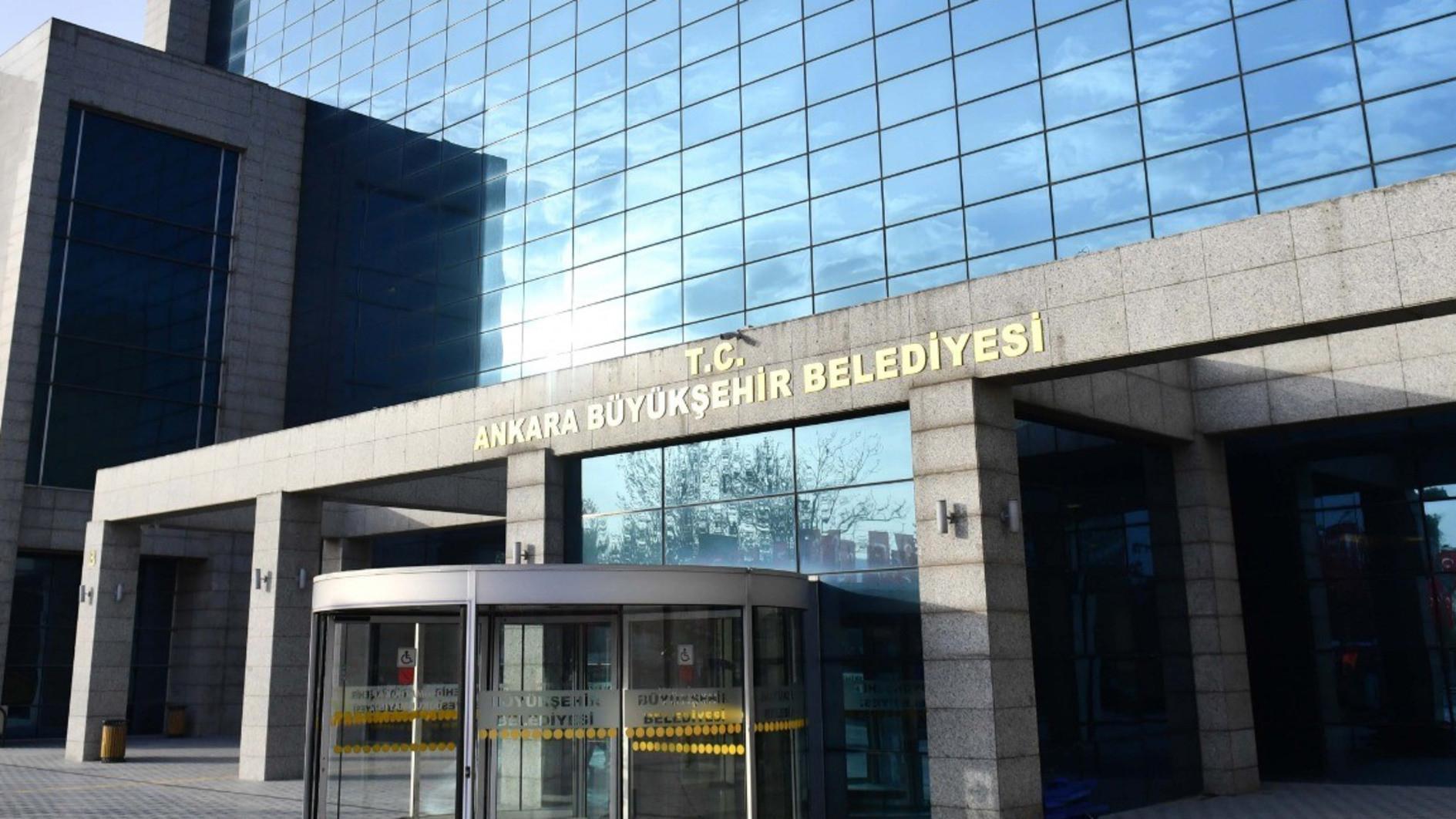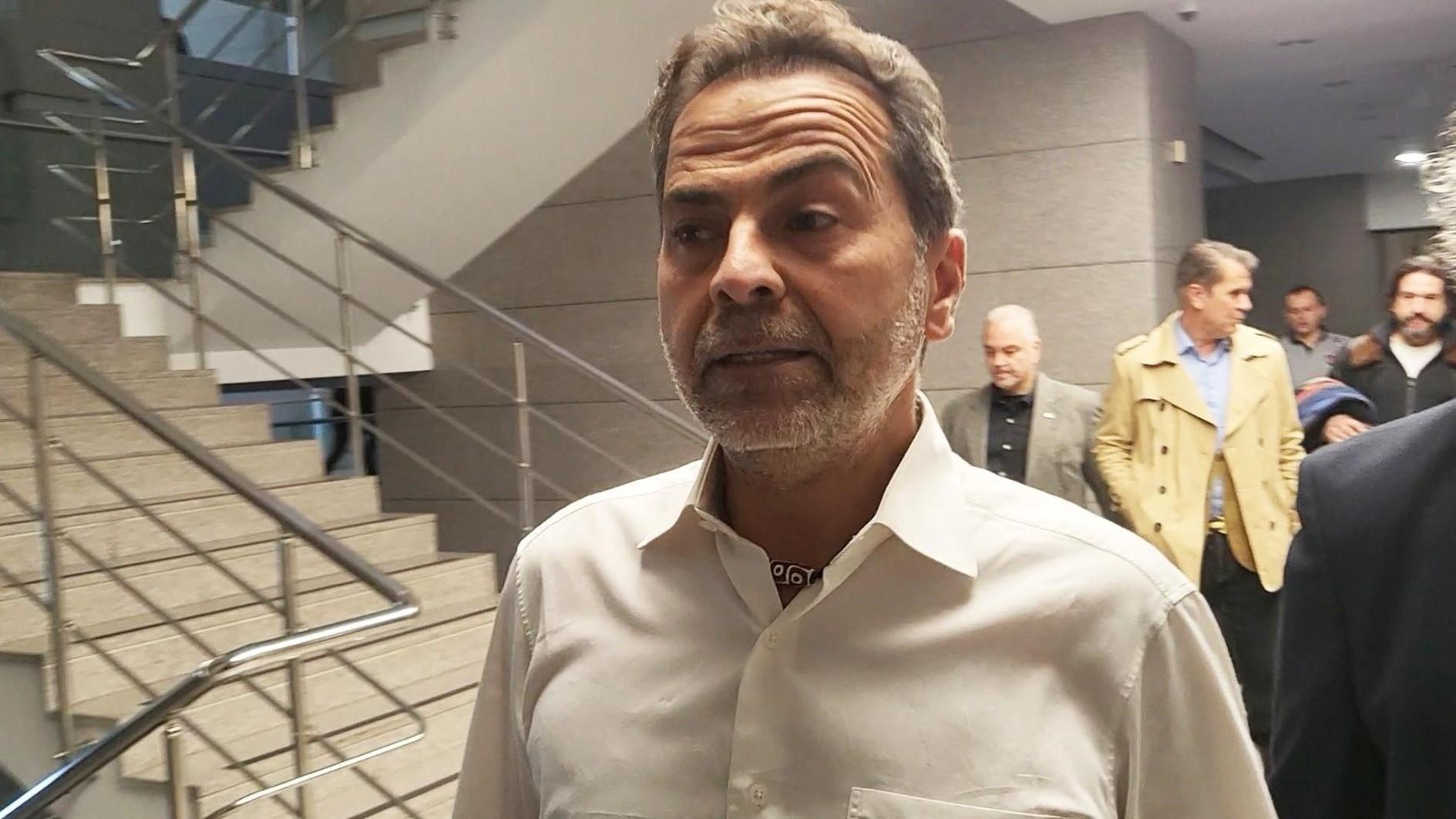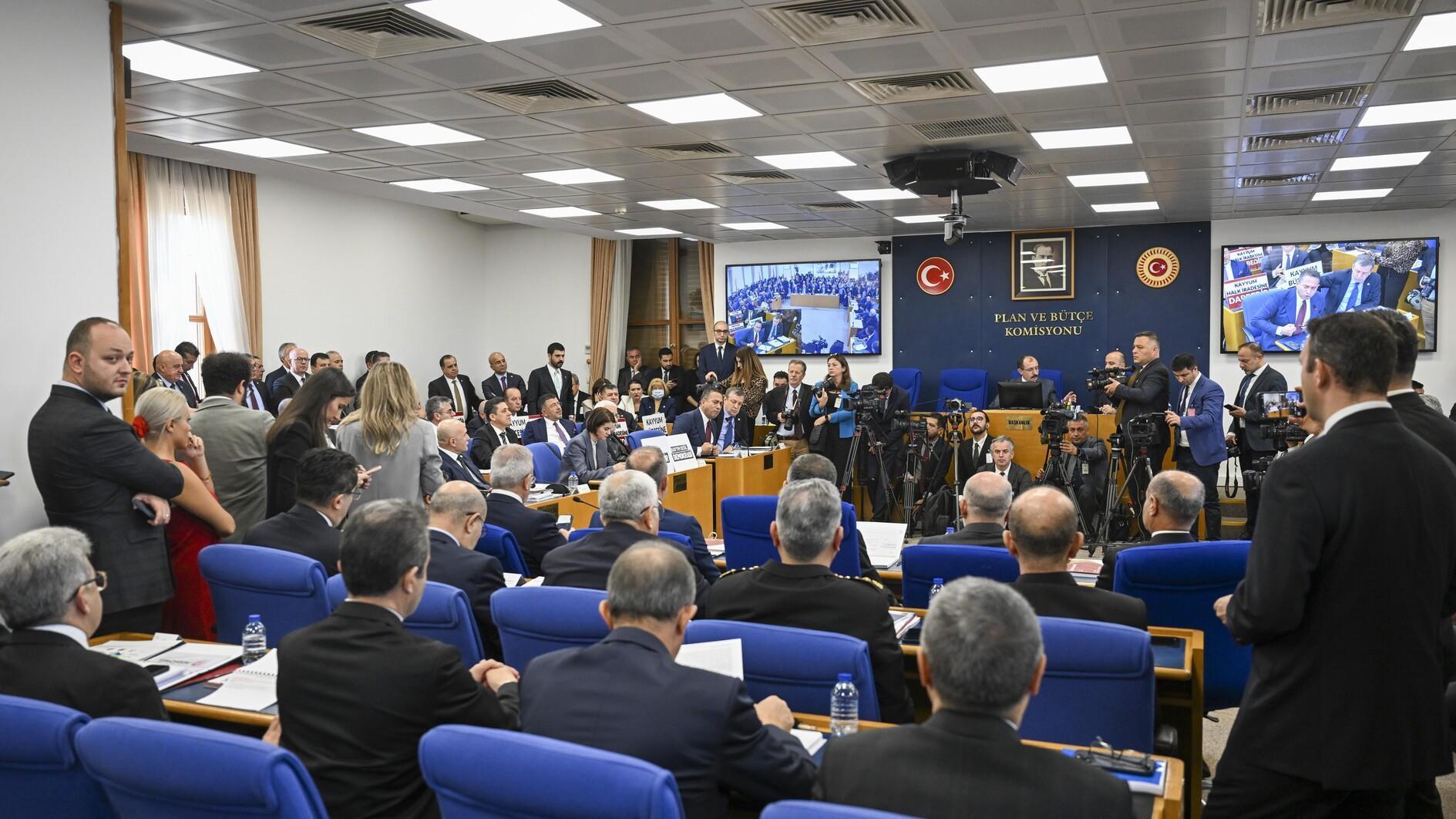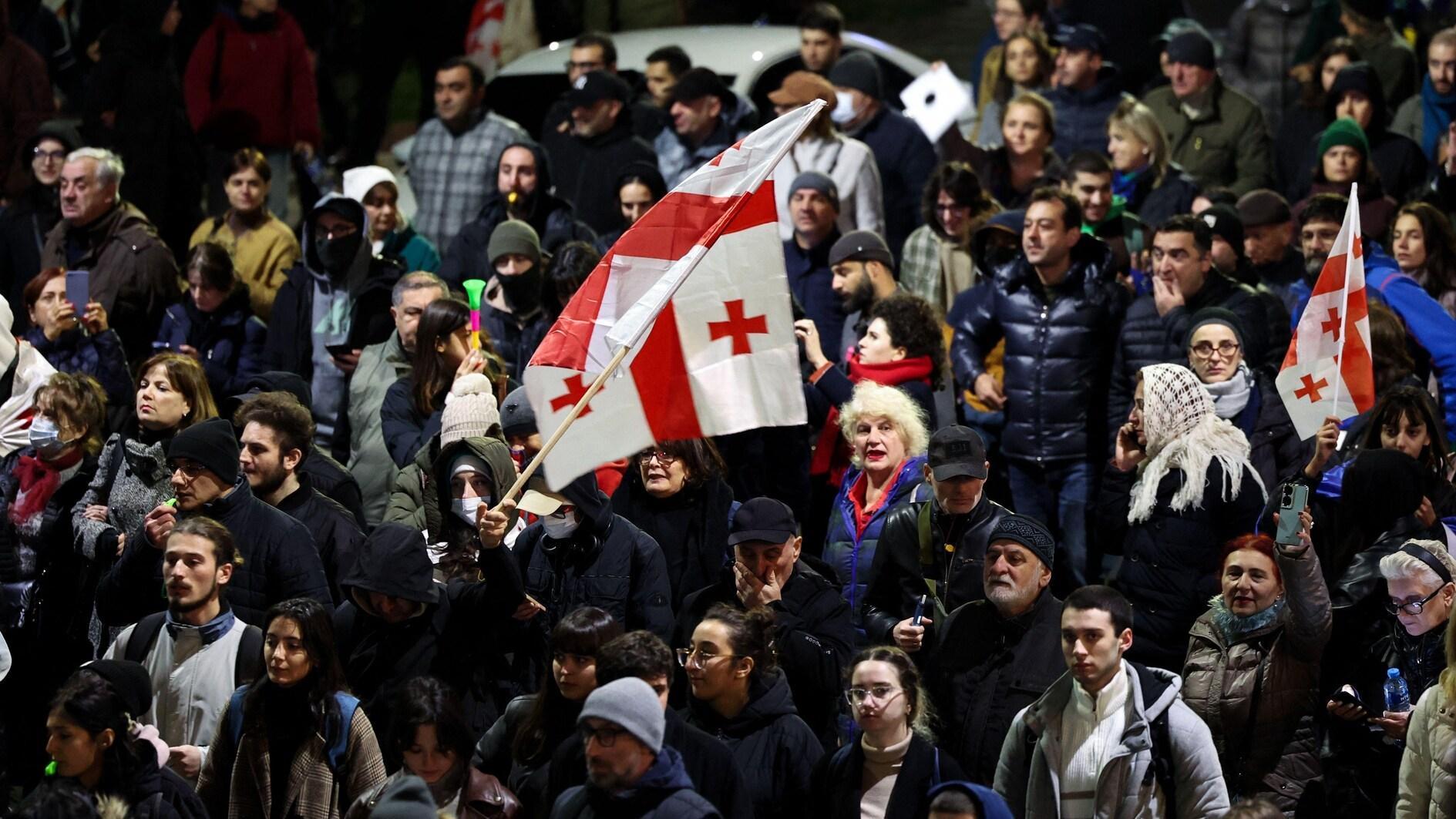The Levantines: Refugees who preferred the East instead of the West
The Catoni Group is a company which has been active in these lands in the maritime sector since 1846.
Jonathan Beard, the head of the board, is the fifth generation.
“My great-grandfathers did not go to Alaska to look for gold but they came to Ottoman lands,” said Beard, while speaking last weekend at the conference titled “Levantines of Beyoğlu,” organized in Istanbul.
Part of Beard’s family ran away from the wars between Italian states and another part came to settle in these lands from England to do commerce.
Catoni was established in İskenderun in the southern province of Hatay, which was back then an important point in maritime trade.
Quentin Compton-Bishop, the president of the London-based Levantine Heritage Foundation, told similar stories.
He has the Huguenot within his family running away from religious wars as well as Poles who came to settle to Istanbul in the 19th century.
Compton-Bishop said Levantines were the refugees of those periods, refugees who preferred the East instead of the West.
Rising commercial cities like Istanbul, İzmir, Trabzon in the Black Sea region and İskenderun, as well as Beirut, Aleppo, Damascus and Alexandria, were the centers of attraction in the Ottoman Empire, which ruled over a vast geography from the 11th century on and provided ample opportunities.
This geography where French, Brits, Italians, Poles and Hungarians met each other promised a bright future for newcomers.
Istanbul and Beyoğlu, which has been in the headlines recently due to the negative transformation that it is experiencing, were the Mecca of cosmopolitism.
The calendar that was published by the Zellich brothers in the early 20th century was in several languages, including French, Russian, Italian, Hebrew and Greek.
While the children of the Levantines who have lived for generations in these lands went abroad for education, they preferred to come back here again.
Alexandre Vllaury, who left behind several works in Istanbul, is one of them.
Pera Palace, Cercle d’Orient, the Archaeology Museum, the Greek Orphanage in Büyükada, known to be the world’s biggest wooden building, and the Ottoman Bank, which is currently today Salt Galata museum, were all from the hands of Vallaury, who was educated abroad but who decided to come back.
Researcher Luis Miguel Selvelli delivered one of the most interesting presentations at the conference. Selvelli, whose father’s family has been living here for four generations, came to Turkey 10 years ago.
Selvelli’s great-grandfather, who came here to research his family roots, was the composer of the Reşadiye anthem, the last anthem of the Ottoman Empire.
The first generation Selvelli migrated to Istanbul in the 1850’s due to political turmoil in Italy and sent his children abroad for music education.
The younger Selvelli generations who got music education abroad chose to come back to Istanbul.
The current numbers of the Levantines who contributed to these lands as tradesmen, architects, musicians and painters are a few thousands.
When I look to the Syrians that now number around 3 million, I can’t keep saying that these lands have always hosted refugees.











